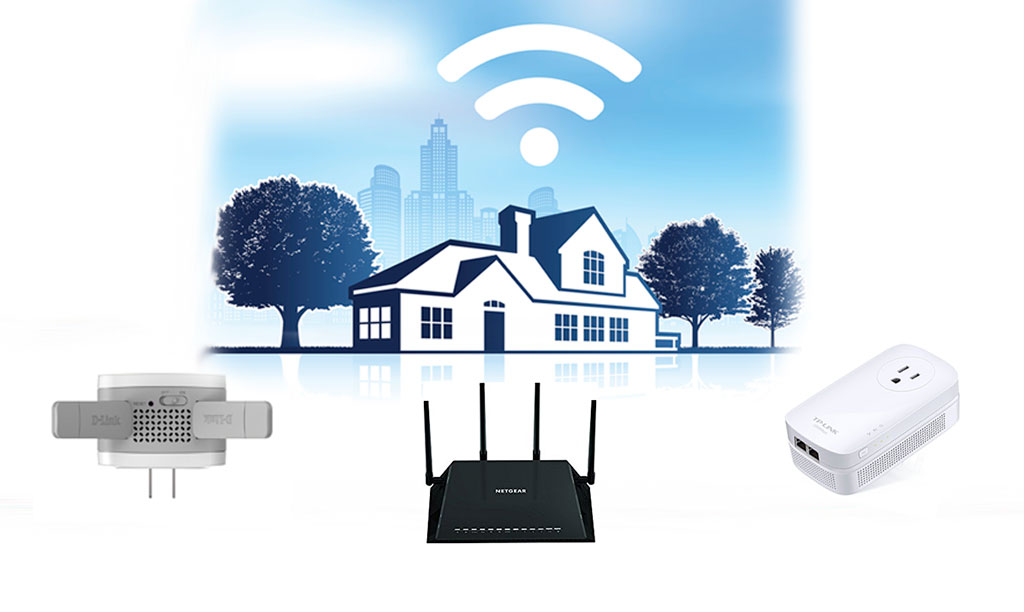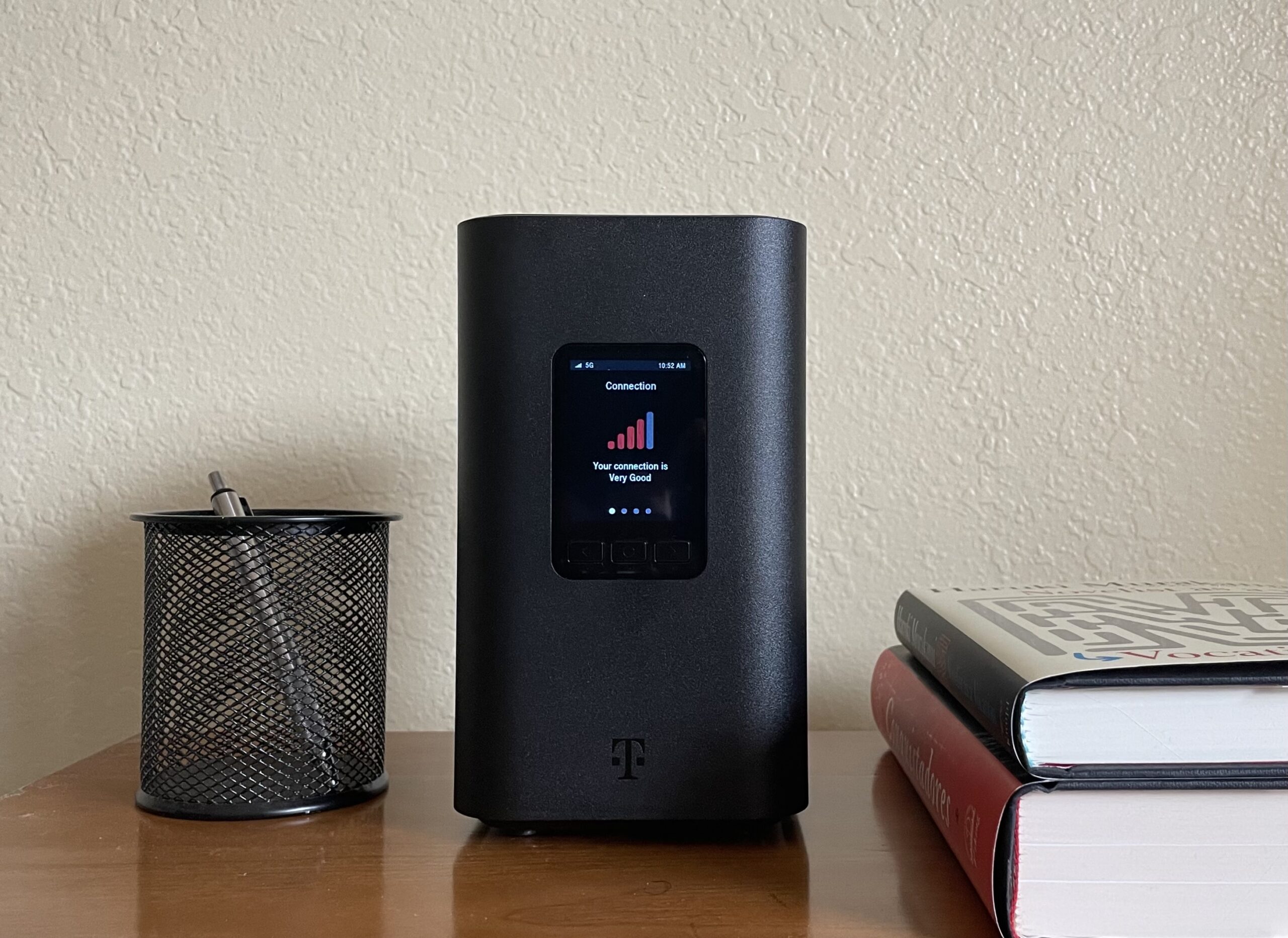What Are the Best Ways To Get Portable Satellite Internet?
Starlink leads the pack with its portable Roam plans.
Aug 22, 2025 | Share
Technology
Satellite internet is unique in its near-total nationwide coverage. Small rural communities and even remote areas of wilderness can get coverage as long as you have a clear view of the sky. This makes it a natural fit with portable internet—you literally have coverage anywhere you go.
Right now, the best (and only) way to get portable satellite internet is with Starlink Roam Unlimited, which was recently made much more accessible with the new Starlink Roam 50GB. For those who consider portable internet important, or at least somewhat intriguing, we’re going to take a look at where the technology is today and where you can expect it to go in the future.
Portable internet with Starlink Roam Unlimited
Starlink Roam Unlimited was launched back in early 2023 as a portable satellite internet service. At the time, it wasn’t a great deal, as it was both slower and more expensive than standard Starlink internet, plus you needed special $2,500 Flat High Performance Starlink kit if you wanted to make use of its in-motion feature.
However, with the release of the Starlink Roam 50GB, which works with in-motion use and is small enough to practically transport, as well as cheaper mobile plans, Roam is a much more viable option.
Starlink Roam plans
You can upgrade any Starlink plan to a portable Roam plan, but you should be aware that there are a lot of trade-offs in this switch. Roam plans give you portability, but they are more expensive, have lower speeds, and use Starlink’s mobile service plan, which has a lower data priority than standard residential plans.
| Plan | Price | Data Caps | Portability |
|---|---|---|---|
| Roam 50GB | $50/mo.* | 50GB | Portable |
| Roam Unlimited | $165/mo.† | Unlimited | Portable |
Data as of 8/22/2025. Offers and availability may vary by location and are subject to change.
* Users on Mini Roam are limited to 50GB of Mobile Data and can use in-motion beyond 100mph
† Plus hardware, shipping & handling fees, and tax. Fully refundable. Depending on location, some orders may take 2 weeks or more to fulfill.
Starlink has a reputation for completely changing their service plans on a fairly regular basis, but the important thing for portable internet is making sure that you choose a plan that offers in-motion use, not just a fixed location.
Currently, Starlink offers new customers a choice between a plan with or without data caps, though if you look under the hood, remnants of its previous three-tiered system are still there. The old priority plans are now classified as “Business” plans, though you don’t have to be a business to sign up for them. Users of priority plans, as you might guess from the name, have their traffic prioritized over standard users. This doesn’t necessarily mean you’ll get faster speeds, but it does mean that if the network becomes congested, your connection will be the last one to slow down.
All priority plans now offer in-motion service, which is nice. Global Priority plans are also the only ones that work outside of the United States, so it is a bit frustrating that this option is hidden in behind the business section of Starlink’s website.
To use the in-motion feature of Starlink Roam, you need a either a Starlink Mini or Starlink Performance Kit. The Standard Kit does not support in-motion use. The Mini is the more affordable option at $499, while the Performance Kit will set you back $1,999 (which is down from the whopping $2,500 price tag it had at launch). The Performance Kit, while no longer the only option for in-motion use (thank goodness), has a number of additional features and can, in theory, reach higher download speeds when compared to the Mini.
It is worth noting that even the cheaper of the two options is still several times the cost of a 5G hotspot. It’s also worth noting that most home 5G plans provide equipment free of charge, so it’s worth considering if 5G is a viable alternative to satellite in your area.
Although in-motion use can be prohibitively expensive, depending on your choice of plan and equipment, Starlink Roam is still the only provider offering this service to residential customers, making it an invaluable service to those who need reliable internet on the road.
What is portable internet?
Portable internet is simply any internet plan that isn’t restricted to a single location, like a home or office. With wireless connections like satellite, this seems like a no-brainer. Since you don’t need a physical cable connecting your home to the internet, why not take wireless internet with you?
Are you looking for an internet plan with more flexibility?
See everything available in your area by entering your zip code below.
Equipment and licenses
Portable home internet plans are notable because even if it’s wireless, home internet, by default, is not portable. It’s pretty obvious why many wireless internet services aren’t portable. You can’t just strap a huge antenna to your car and drive off. Some wireless connections, like fixed wireless, need a direct line of sight between the antenna on your home and the transmitter that connects you to the rest of the internet.
But even for connections where your equipment is small and your provider’s coverage is everywhere, you generally can’t connect anywhere other than your home address. Home internet providers manage their networks with the expectation that their customers stay put, so they don’t, for example, have to plan for situations where half their customers are suddenly trying to connect from the same beach over spring break.
There are also different Federal Communications Commission (FCC) regulations regarding mobile connections. For example, it took over a year of working with the FCC for Starlink to get a blanket authorization for Earth Stations in Motion in order to operate satellite terminals on moving vehicles, aircraft, or ships.
The benefits of portable internet
What sets a portable wireless connection apart from your standard wireless internet is that it allows you to use the same connection you use at home to connect to the internet in other locations. This means you can eschew hotel Wi-Fi during vacation and opt for your own fast and secure connection, similar to what you get at home.
Portable internet also gives you the freedom to go to places without reliable Wi-Fi without sacrificing your connection to the internet. It can be hard to leave the house when you’re waiting on an important meeting or don’t want to miss the next episode of your favorite podcast. With a portable internet connection, it’s just as easy to get online at a national park as it is in your home office.
Portable home internet also has several advantages over the mobile internet access you can get on your phone. In general, a portable internet connection gives you faster download speeds than your cell phone’s connection. In the case of mobile satellite internet, you can also connect in remote areas where cell phones don’t get coverage.
Portable vs. in-motion internet
Just because a service is portable, it doesn’t mean it works when you’re moving—like a mobile phone. Portable internet isn’t tied to a single location, true, but it still has to be in a stationary location to work. The idea is that you take your equipment with you and set it up in your hotel room or campsite; you don’t set it up in your car.
If you want a home internet connection you can also use on a road trip, you need a plan that supports in-motion use. This requires both specialized equipment and a specialized data plan. This can be very expensive, so be sure to weigh the pros and cons of getting a mobile plan as your primary internet versus getting a second, more limited mobile plan just for trips.
Other types of portable internet
Portable satellite internet provides many unique benefits, but it’s still impractical for most people. Fortunately, there are many other options for portable internet other than satellite:
While your phone might make do in a pinch, many people use mobile hotspots or portable 4G routers when traveling to ensure a reliable internet connection on the go. These mobile options don’t provide the same level of coverage as satellite, but will give you a connection anywhere you can get a cellular signal.
Top portable internet providers
| Plan | Cost | Speed | Connection | Order online |
|---|---|---|---|---|
| UbiFi | $99.00/mo.† | Location dependent | 4G LTE | View Plans |
| Ladybug Wireless | $124.99–$219.99/mo. | Up to 60Mbps | 4G LTE | View Plans |
Data as of 6/13/2023. Offers and availability may vary by location and are subject to change.
† 30-Day Service Trial Included with purchase of Gateway.
Looking for more internet options in your area?
Enter your zip code below to see the top national and regional providers in your area.
The future of portable satellite internet
Starlink Roam Unlimited is currently the only game in town, but competition might not be far off. Amazon’s Project Kuiper is another LEO satellite constellation project pursuing a similar strategy to Starlink. OneWeb already provides in-motion internet service to airlines, passenger railways, and other transportation companies.
Established geostationary orbit (GSO) satellite internet providers like HughesNet are also creating hybrid networks to compete with LEO satellite providers more directly. Although these networks don’t allow for portable connections, this could change if there’s enough demand for services like Starlink Roam Unlimited.
The bottom line
Portable satellite internet is an amazing new development, and like many cutting-edge technologies, it’s an expensive investment—but it’s well worth the cost to certain groups of people. For the rest of us, there are similar solutions that use more established wireless tech and cost much less.
As more competition enters the LEO satellite market, we might see more practical options for portable satellite internet start to appear. For now, we recommend using other types of portable internet to stay connected.
Author - Peter Christiansen
Peter Christiansen writes about telecom policy, communications infrastructure, satellite internet, and rural connectivity for HighSpeedInternet.com. Peter holds a PhD in communication from the University of Utah and has been working in tech for over 15 years as a computer programmer, game developer, filmmaker, and writer. His writing has been praised by outlets like Wired, Digital Humanities Now, and the New Statesman.




